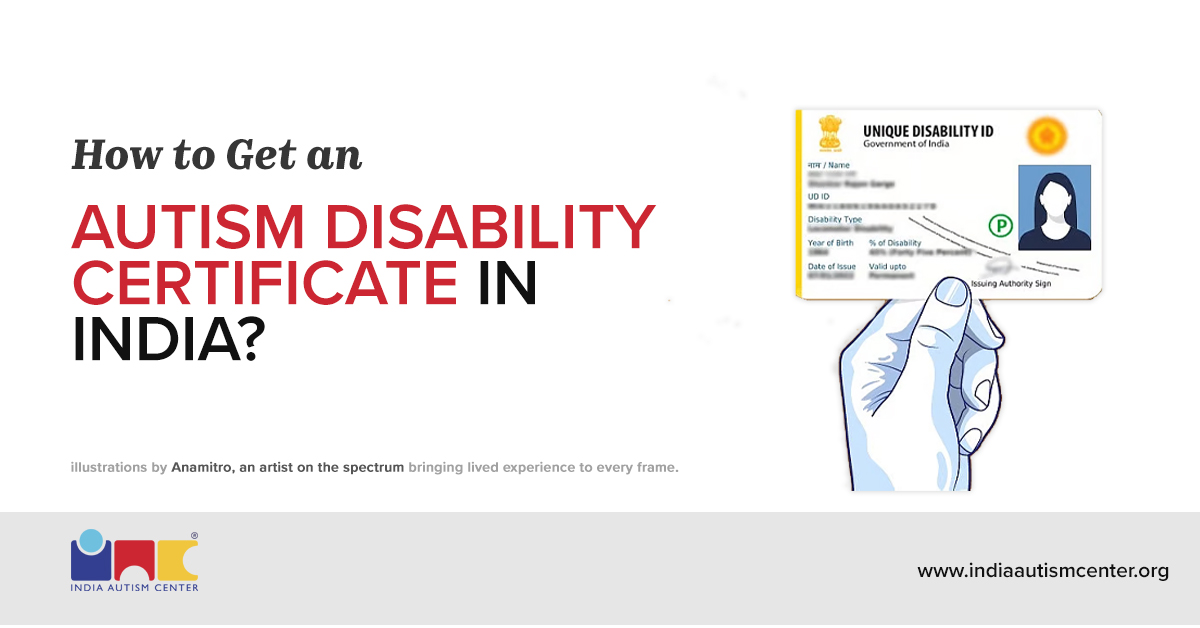ADHD or Autism, how do you know?
ADHD or Autism? ASD and ADHD are both genetically hereditary and associated with shared impairments in social functioning and executive functioning. Various research on ASD and ADHD suggests some overlap between the two disorders. Both conditions may exhibit dysfunction in working memory, processing speed, and response inhibition. ASD causes difficulties with socializing, communicating, and repetitive behaviors, and ADHD results in challenges with attention, hyperactivity, and impulsivity.
In the International Classification of Diseases, 11th Revision (ICD-11), Autism Spectrum Disorder (ASD) and Attention Deficit Hyperactivity Disorder (ADHD) are classified under the category of Neurodevelopmental Disorders.
The diagnostic criteria for ASD in ICD-11 include:
- Persistent difficulty in Social Communication and Interaction, including difficulties in social-emotional reciprocity, nonverbal communicative behaviors, and developing and maintaining relationships.
- Repetitive behavior patterns, activities or interests that the individuals may exhibit can be stereotyped or insist on restricted sameness of routines.
- Hyper- reactivity that is excessively seeking or hypo-reactivity which is extremely avoiding particular sensory input.
- Functional Impairments in daily life may be associated with significant impairments in social, occupational, or other important areas of functioning.
The diagnostic criteria for ADHD include:
- Difficulty sustaining attention in tasks or playing activities, being easily distracted, and making careless mistakes in schoolwork or other activities.
- Hyperactivity-Impulsivity: This criterion encompasses excessive motor activity (e.g., fidgeting, tapping) and difficulty remaining seated in appropriate situations, as well as impulsivity, such as acting without thinking or interrupting others.
- Symptoms Present in Multiple Settings: ADHD symptoms must be present in more than one setting, such as at home, school, or work, and cause significant impairment in social, academic, or occupational functioning.
- Onset in Early Childhood: Symptoms of ADHD typically begin in early childhood, with impairments evident before the age of 12 years.
These shared symptoms make accurate diagnoses of both conditions more challenging. For example, distractibility and impulsivity—hallmarks of an ADD/ADHD diagnosis, often appear in people with ASD who are distracted internally because of various ideas and imaginations in their head. Following are the areas of overlap that we usually see:
- Lack of control in gratification
- Inattentiveness (with ADHD, getting distracted by external activities; with autism, getting distracted by one’s own ideas and thoughts
- Speech delays and atypical patterns
- Poor time management (resulting from impaired executive function)
- Not associating in social interaction and making friends
- Diverse learning disabilities
- Individualistic Sensory impairments
- Anger and frustration
Whilst neurodevelopmental disorders (NDDs) in themselves are impairing, individuals with ASD and/or ADHD are at substantially higher risk of developing mental health problems, of which depression is one of the most common (Erskine et al., 2016; Ghaziuddin, Ghaziuddin, & Greden, 2002). Children with ASD, ADHD or ASD + ADHD tend to have higher Emotional and Behavioral Problems than children without, and their parents may exhibit increasing psychological distress over time.Young people with ASD and ADHD may under report their own depressive symptoms which can play as an additional problem for treating their subjective neurodevelopmental conditions. Self-harm behavior and suicidality are high among both groups. The risk is likely amplified among ADHD affected individuals compared to Autism affected ones. Self-harm may occur as an attempt to regulate sensory load or may be used as an attempt to regulate difficult emotions.
Attention is defined as a process of filtering and selecting a sensory input that is a stimuli to enable perception, whilst accessing one’s memories. To direct attention on a perceptual or internally represented entity, our executive functioning areas must be focused on a goal for the duration of the task at hand. (1) Attentional impairments in autism tend to be more of the ‘not listening’ and ‘difficulty shifting focus’ type than of the ADHD concerns of ‘short attention span’ and ‘excessive distractibility’ type. Hence, Children with autism can easily be distinguished from children with ADHD based on their symptom profiles, like:
- Difficulty socializing is more associated with impulsivity and inattention in the context of ADHD. While in Autism, social dysfunctions lead to difficulty interpreting allistic social cues.
- In ADHD one may talk excessively, interrupt others and not listen to what is being said, because of poor impulse control while in Autism they may have difficulty in back-and-forth conversation because of repetitive or monotonous thoughts.
- Unexpected changes to daily routine can help to differentiate ASD vs ADHD like it could be self-initiated changes (where the individual decides to modify their own routine) versus externally imposed changes (those that are unexpected or forced upon them). ASD will not be able to easily accept change if externally imposed while ADHD may exhibit difficulty when it is expected of them to bring change that is internally imposed.
While ADHD can sometimes be treated with medication in combination with therapy, there are no medications that treat the core symptoms of ASD. Both ADHD and autism require behavior management and social emotional therapy. For adults and children with comorbid ADHD and ASD, four recommendations on non-pharmacological, educational and occupational interventions are recommended.






